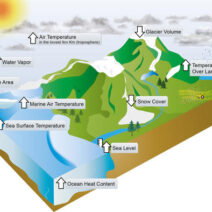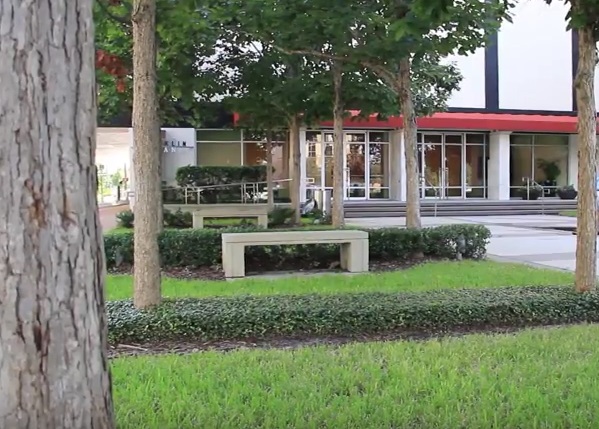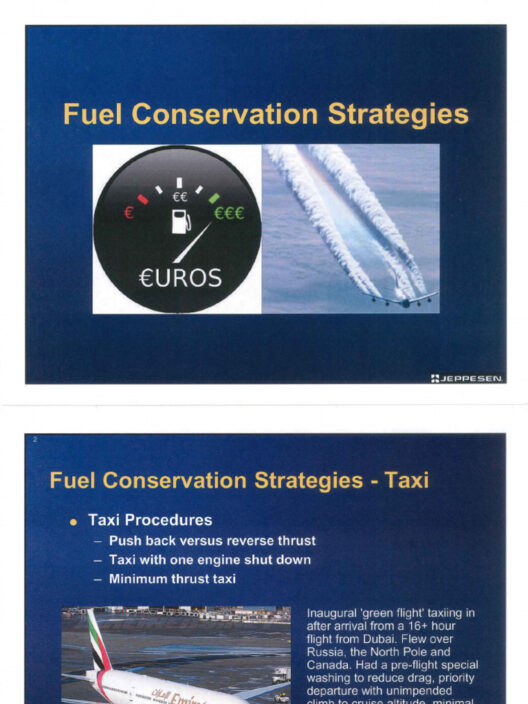In the pantheon of nature’s wonders, trees often embody a majestic presence that commands attention. They serve as silent sentinels of our environment, profoundly impacting ecological balance and promoting sustainability. One particularly fascinating aspect of trees is their capacity to aid in the conservation of energy. Understanding this dynamic reveals deeper implications for our environment, particularly in the context of climate change and urban heat islands.
At their core, trees function as nature’s cooling system. Through a process known as evapotranspiration, trees absorb water from the soil, distribute it through their roots, and eventually release it into the atmosphere through their leaves. This act of transpiration not only cools the air around the tree but also replenishes moisture in the environment. Consequently, cities with ample tree canopies tend to experience lower temperatures compared to heat-absorbing buildings and asphalt.
The phenomenon of urban heat islands (UHIs) accentuates the role of trees in energy conservation. In urban areas, construction materials such as concrete and asphalt absorb and retain heat, often resulting in a significant temperature disparity between city centers and surrounding rural areas. Trees mitigate this effect by providing shade and reducing surface temperatures. This natural cooling results in lowered energy consumption as residents rely less on air conditioning during sweltering summer months.
Furthermore, trees contribute to energy conservation by enhancing building efficiency. Strategically planted trees can obstruct direct sunlight from hitting buildings, thereby reducing the need for air conditioning. When leafy canopies cover roof spaces, temperatures are naturally moderated, fostering an environment in which less artificial cooling is necessary. This principle is particularly salient in residential neighborhoods where tree cover can impact energy bills significantly.
The strategic placement of trees around a property not only provides shade but can also act as windbreaks. Trees slow wind velocity, thereby reducing heat loss during colder seasons. This wind-reducing quality contributes to lower heating costs in the winter, demonstrating a double-edged sword in terms of energy conservation throughout the year.
The ecological advantages do not end with direct energy savings. Trees also improve air quality, sequestering carbon dioxide while releasing oxygen. In urban environments plagued by pollution, the presence of trees alleviates some burdens of poor air quality, ultimately contributing to public health. Cleaner air reduces the incidence of respiratory problems and health-related issues, thereby lessening the energy demand placed on healthcare systems—a subtle yet meaningful nexus between trees and community well-being.
In addition to thermal regulation, trees foster biodiversity and support various ecosystems. Forested areas serve as habitats for numerous species, promoting rich biological diversity, which is crucial for ecological resilience. A healthy ecosystem has a demonstrated ability to regulate climate conditions effectively, showcasing the interconnectedness between trees, energy conservation, and the wider environmental health. The demise of trees diminishes this biodiversity, ultimately weakening the ecosystem’s capacity to adapt to climatic fluctuations.
Moreover, trees can play a pivotal role in stormwater management. Through their root systems, trees help absorb rainwater, reducing surface runoff and the risk of flooding. This natural filtration process not only protects water quality but conserves energy used in water treatment. Cities investing in green infrastructure—integrating tree planting and landscaping—can alleviate the burden on stormwater systems, ultimately contributing to energy savings and improved environmental conditions.
Despite the invaluable utility of trees in energy conservation, their preservation faces numerous challenges. Deforestation, urban sprawl, and climate change are significant threats undermining tree populations globally. In urban areas particularly, trees are often sacrificed for development, compromising their vital roles in energy conservation and climate regulation. It is imperative for communities to advocate for the planting and protection of trees as a cornerstone of any sustainable urban development strategy.
To reap the multifaceted benefits of trees in energy conservation, public policy must prioritize green spaces and urban forestry initiatives. Community engagement is critical; educating citizens about the ecological and economic advantages of tree planting can galvanize collective action. Governments can incentivize tree planting through grants and subsidies, creating frameworks that ensure a greener, cooler future for urban populations.
In conclusion, trees exemplify nature’s extraordinary means of conserving energy. Their ability to cool microclimates, enhance building efficiency, improve air quality, support biodiversity, and manage stormwater illustrates their integral role in building sustainable, resilient communities. In facing the compounding challenges of climate change, incorporating trees into our urban landscapes is not merely beneficial—it’s imperative. As we confront the pressing needs of our changing climate, the conservation of trees emerges as a crucial strategy for fostering a sustainable future and mitigating energy consumption worldwide.







